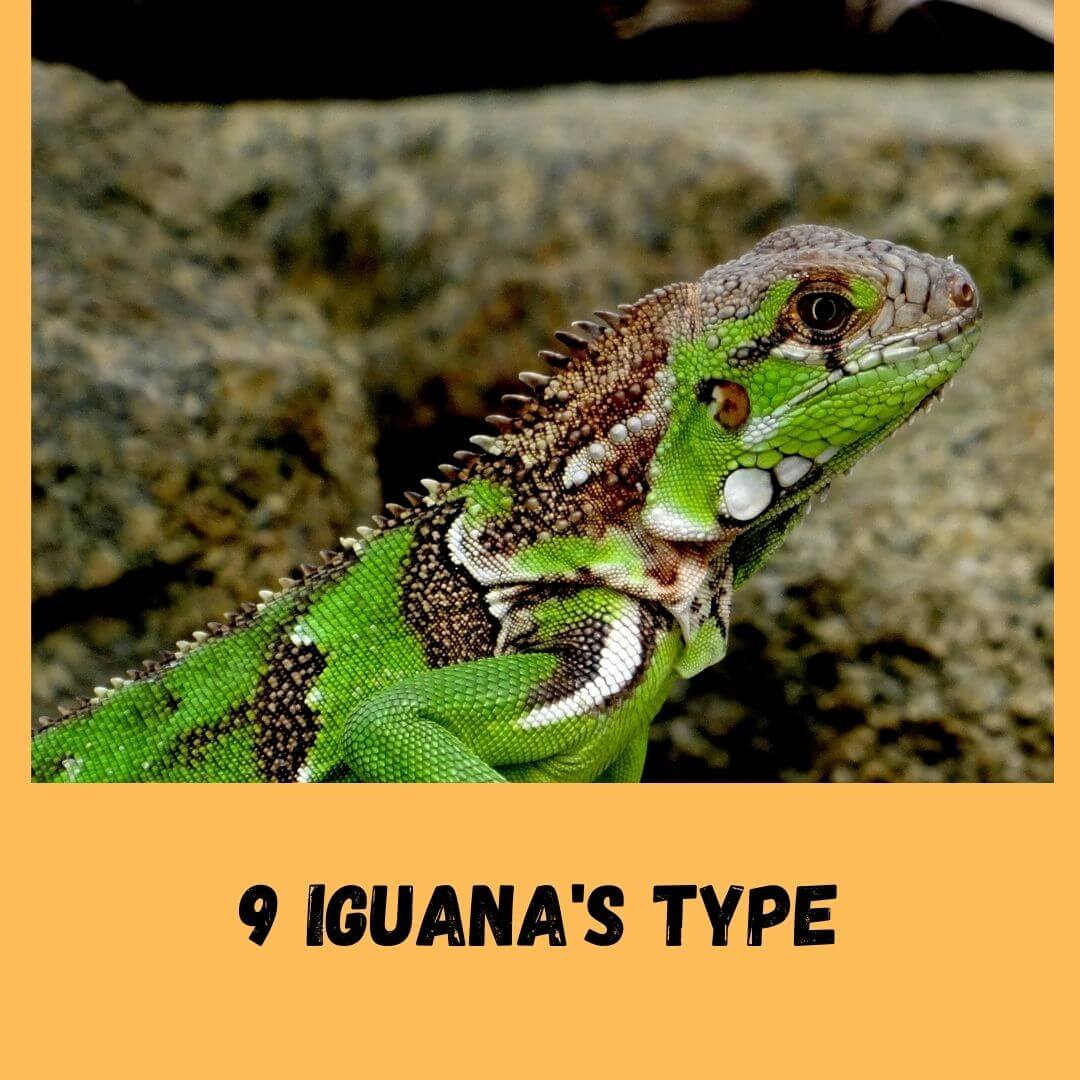I don’t know if you have heard it before or not, but iguanas are characterized by different varieties when it comes to characteristics. You can also decorate your vivarium with varying combinations of Iguanas or keep them in separate enclosures.
There are many features that each type of Iguana carries, making them a versatile but rare species. In this article, I have gathered nine types of Iguanas type. If you are curious to learn about types of iguanas, then you are in the right place.
To make you aware, this list is not exhaustive. So without hesitating, let’s know what you missed till now. Let’s talk about the nine best types of Iguana suitable for keeping aspects.
Post Contents
9 Best Type Of Iguana For A Pet
Desert Iguana

Desert iguanas can grow up to a maximum length of 24 inches, including its tail. It’s a medium-size lizard with an average length of 16 inches. They are popular because of their ability to withstand high temperatures. Unlike many other lizards, desert Iguanas are most known for tolerating high temperatures.
These lizards are known for retreating into their burrows to find their haven when any sudden change in their environment or weather occurs. Desert iguanas are famous for burrowing extensively. They can run and go quickly down a burrow if threatened.
They also look to scamper into a shrub if any Predator is around. Their tail tends to be 1.5 times longer than their body from snout to vent. They are primarily herbivorous and prefer feeding on leaves, fruits, and plant matter.
However, desert Iguana cannot be stated only as herbivorous as these species are commonly seen eating ants. Desert iguanas are drawn to the yellow flowers of the creosote bush. In the wild, desert Iguana also feeds on annual & perennial plants. Talking about its Predator: Birds, snakes, boxes, long-tailed weasels, and even humans are familiar.
Green Iguana
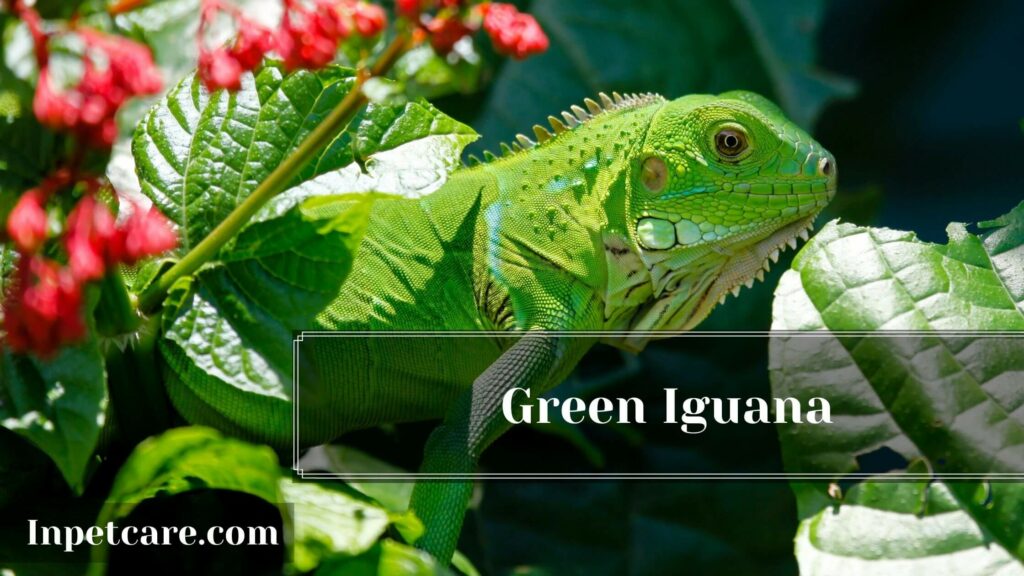
They are the most popular and most enormous Iguana kept as pets. Green iguanas hail from Southern Brazil and Paraguay. They range over a large geographic area as far north as Mexico. Being diurnal, green iguanas are often found near water.
They are also commonly seen in trees and caves. They are excellent burrowers as well. Hence green Iguana is probably the largest in its family. A male green Iguana can reach up to 6.6 feet in length. They can be around 8 kg and even exceed.
They’re famous for their sharp teeth, which help them shred leaves and even human skin. Developed female pores are visible on male green Iguana thighs. The underside of their thigh, which carries female pores, excretes a scent to attract mates. When green iguanas are frightened by predators, they often look to run and flee in their burrows.
If any water body is present, they can even dive in to swim away. They usually feed on leaves, dandelion greens, mustards, flowers, fruits, and growing shoots of upwards plant species, no matter whether it is annual or perennial.
Cuban Rock Iguana
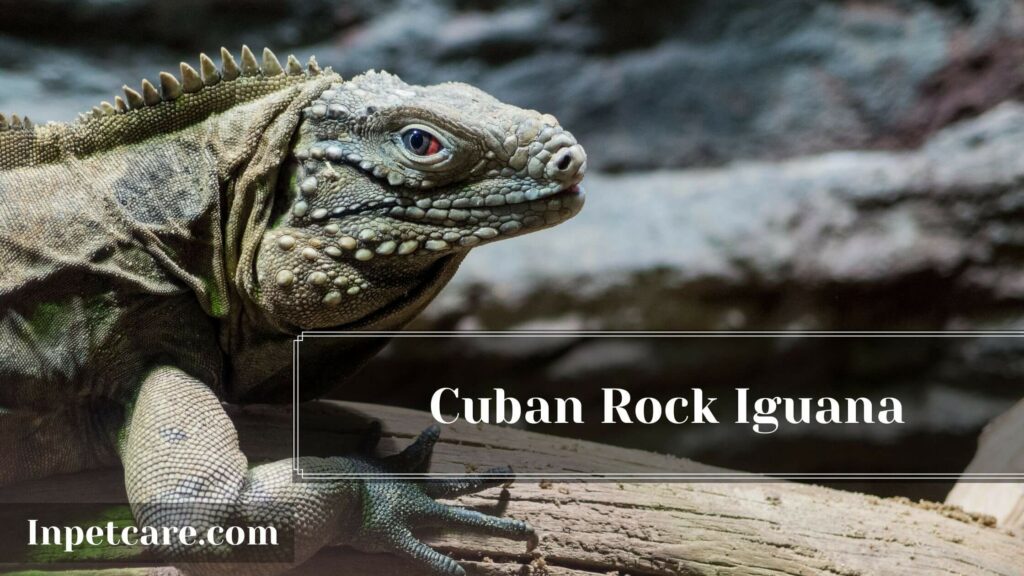
Cuban rock iguanas are the second-largest Iguana of the West Indian rock Iguana in the genus cyclura. Cuban rock iguanas are also the most endangered group of lizards you can ever find. Cuban Rock Iguana tends to have a body of around 16 inches long from snout to vent.
Being sexually dimorphic, male Cuban Rock Iguana tends to be much larger than females. Plus, males also carry large female pores on the underside of their thighs that secrete scents to attract mates and mark territory. The Cuban Rock Iguana primarily eats opuntia, black mangrove, Harrisia, grasses, and prickly pear. They have also been seen eating purslane.
Jamaican Iguana
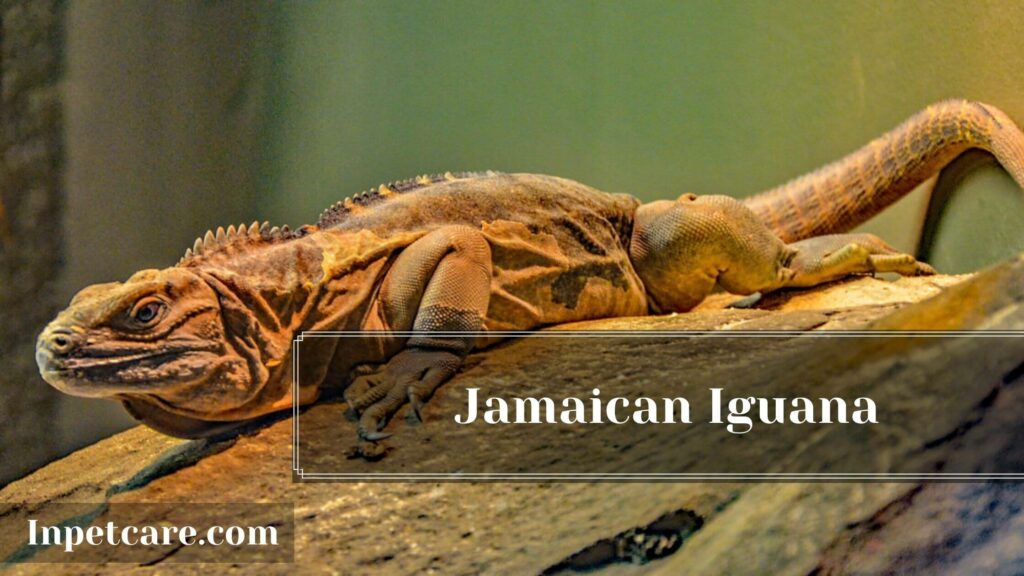
If you are looking for a heavy body lizard, the Jamaican Iguana may be your primary choice. They not only come with a rich body but also in a very bright color. Their color ranges from primary green to salty blue with dark olive green coloration on their shoulder.
The Jamaican Iguana is the second-largest land animal behind the Jamaican boa weighing more in Jamaica. Early, they were thought to be extinct in 1948, but when a dead adult specimen of Jamaican iguanas was found in 1970, they were declared endangered.
Being herbivorous, just like any other Iguana, the primarily eat flowers, fruits, and leaves from varieties of plant species. The single cause of the Jamaican Iguana population decline is the introduction of the small Asian mongoose.
Fiji Banded Iguana

Fiji iguanas family feed on hibiscus flowers of the vau tree, and they also love feeding on fruits like papaya and banana. The hatchlings of Fiji iguanas usually feed on insects as they tend to be insectivorous until their adulthood.
Adult Fiji Ivana is herbivorous, but they can occasionally eat insects like ants and mealworms if there is anything else to eat. This particular species of Iguana is a close relative of the Fiji-banded Iguana and Fiji Crested Iguana.
If you are looking for a species found outside of the new world, then this is the one. Geographically, Fiji Iguana is one of the most isolated family Iguanidae.
Rhinoceros Iguana
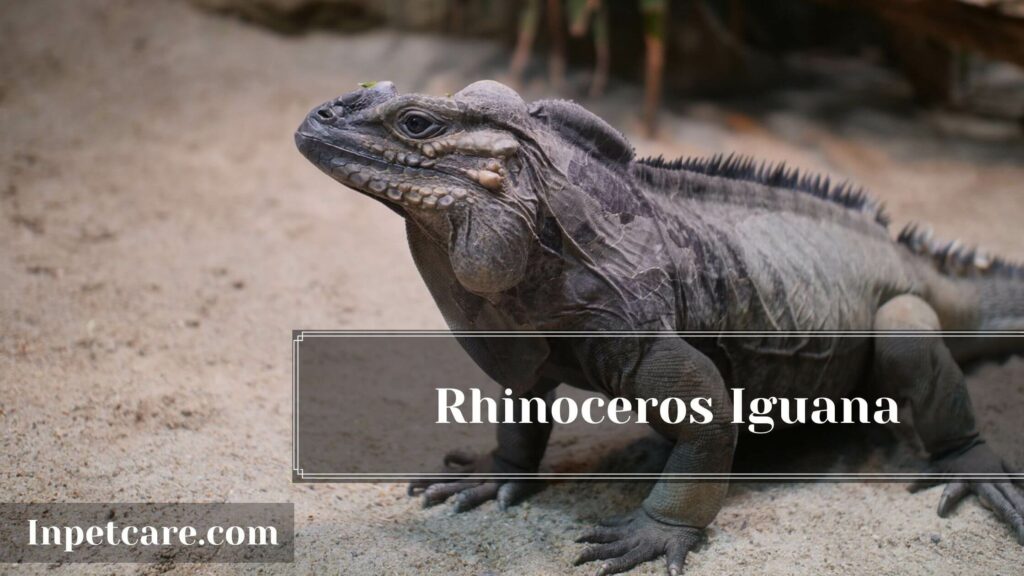
Like any other member of the genus cyclura, the rhinoceros Iguana also comes with a large body and heavy head. This lizard has a vertically flattened tail with solid legs. The rhinoceros iguanas are an endangered species that hails from the Caribbean island of Hispaniola.
They prefer living in rocky outcroppings with little vegetation for hiding. As they are herbivorous lizards, they primarily eat leaves, berries, flowers, plant matters seeds, and fruits of different plant species.
Unlike any other genus cyclura members, they reach sexual maturity at around 4-5 years. On the other hand, females are sexually mature at 2-3. The adult rhinoceros Iguana weighs about 5-9 kg, depending upon its diet and genetics.
West Indian Rock Iguana

West Indian rock iguanas hail from the specific island of the West Indies. It is a group of 9 different Iguana species that makes a good pet for an experienced owner. As a pet, the West Indian rock Iguana needs care and a particular habitat.
Since they are herbivorous, they primarily eat plant matter, leaves, flowers, and fruits. Indian rock Iguana is not endangered, but some species of this group are thought to be endangered. One such Iguana is the Cuban Rock Iguana.
Cuban Rock Iguanas are not allowed to take home and kept as pets due to their declining population. There are a lot of geological associations and captive breeding programs helping to promote the Cuban rock Iguana population.
Chuckwallas
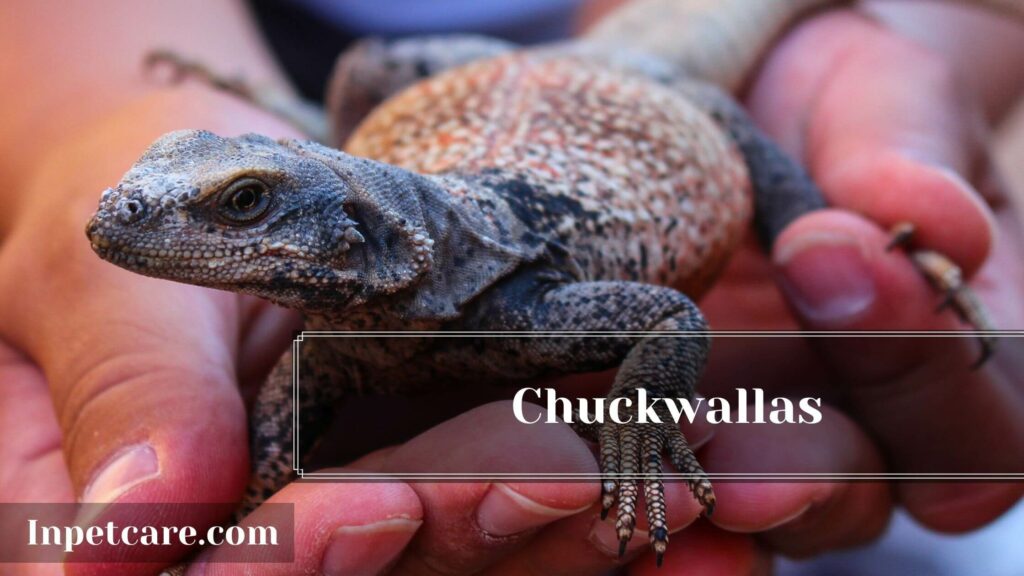
Please don’t get into its name because chuckwalla is one of the Iguanas types that hails from the South Western United States and northern Mexico. These lizards are also found on coastal Islands as they prefer Lava flows and Rocky areas with creosote vegetation.
They like living at an elevation up to 4500 feet above the ground. Being primarily herbivorous, they are seen eating fruits, flowers, and leaves of perennial and annual plants. They also eat insects like mealworms and ants as supplementary prey. Chuckwallas are drawn to yellow flowers like brittlebush.
Marine Iguanas

This Iguana is only found on the Galapagos island of Ecuador. They are also popularly known as saltwater iguanas or sea iguanas. They’re one of the unique Iguana of modern lizards that can forage into the sea to eat algae. Algae make up all most all of marine Iguana’s diet.
Large male Marine Iguana could dive deep into sae to find their food source, while smaller ones feed on low tide in the intertidal zone. Females also prefer preying on low tide. They usually prefer colonies on Rocky shores.
Marine iguanas are seen Sunbathing on Rocky shores and visiting cold water or intertidal zone for food. This Iguana is also seen on mangrove shores and beaches. It is common to see a sea Iguana in Marshes. This Iguana is known to defend territories only for a short period to breed.
Compared to large ones, smaller Marine iguanas prefer different breeding strategies. Females usually dig a nest hole in the loose soil to lay eggs in the mating season. Their eggs hatch on their own only a few months later.
Interesting Further Reading
Conclusion
In reality, all types of Iguana are suitable for pet keeping but make sure it is legal in your state. My favorite Iguana is green Iguana and West Indian Rocky Iguana. Cuban Rock Iguana is not lawful to own, but they look lovely. Adding to this, sea iguanas are also very popular for their uniqueness.
I hope I have tried my best to give you all the information about the types of Iguana you can have. If you like this article, share it to make others aware of our nature and its creation.
I tried my best to present this article in an easy-to-read format. Please read our other articles on iguanas as we have lots on taking care of them. See you in one of our other articles, till then take care and goodbye.

94% of pet owners say their animal pal makes them smile more than once a day. In 2007, I realized that I was made for saving Animals. My father is a Vet, and I think every pet deserves one. I started this blog, “InPetCare”, in 2019 with my father to enlighten a wider audience.
